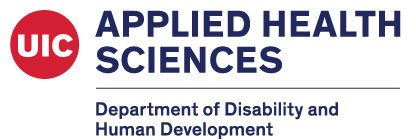By Sara Zielinski
As an aquatic occupational therapist, my goals in the water are often to address motor skills, executive functioning, sensory processing…the list goes on, and on. But aside from all of the goals that I am working on with clients, I think the most important goal for my autistic clients is for them to learn water safety.
If a child is autistic, they are 160 times more likely to drown (fatal and non fatal) than their neurotypical peers). Why might this be the case? Some say that it can be attributed to elopement/wandering behaviors, some say that it might be due to autistic children being “drawn” to water, but I think it’s more basic than that.
Autistic children are NOT being included in water safety and swim lesson opportunities at the same rate as other children. Most community swim lesson programs, centers, and curriculums are NOT INCLUSIVE and are not developed with a neurodivergent learner in mind. When a program is not inclusive, the autistic child will attempt to participate and struggle because their needed accommodations and supports for learning are not being addressed. Ultimately, they will be asked to not return or families will choose to withdraw their child from the program, because it is not supportive of their child’s needs. How is a child supposed to learn water safety when they’re not given the opportunity to practice and learn those skills in the water?
Later, when the child finds themselves in water, they do not know what to do! And that is why water safety is embedded into each and every one of my aquatic therapy sessions. While working on a child’s goals, we are also working on safely entering the pool, closing our mouth, blowing bubbles, holding our breath and controlled breathing, floating on our backs, pushing off of the bottom, reaching for the edge of the pool, climbing out of the water, propelling ourselves forward, etc. etc.
Autistic children CAN learn water safety, and I see it every day with my clients. But they have to be given the opportunity to learn those skills in an INCLUSIVE environment, and sadly right now those opportunities don’t tend to exist within the larger community. It is our job to continue to advocate for inclusion throughout the community, across all settings, because sometimes that advocacy just might save a life.







